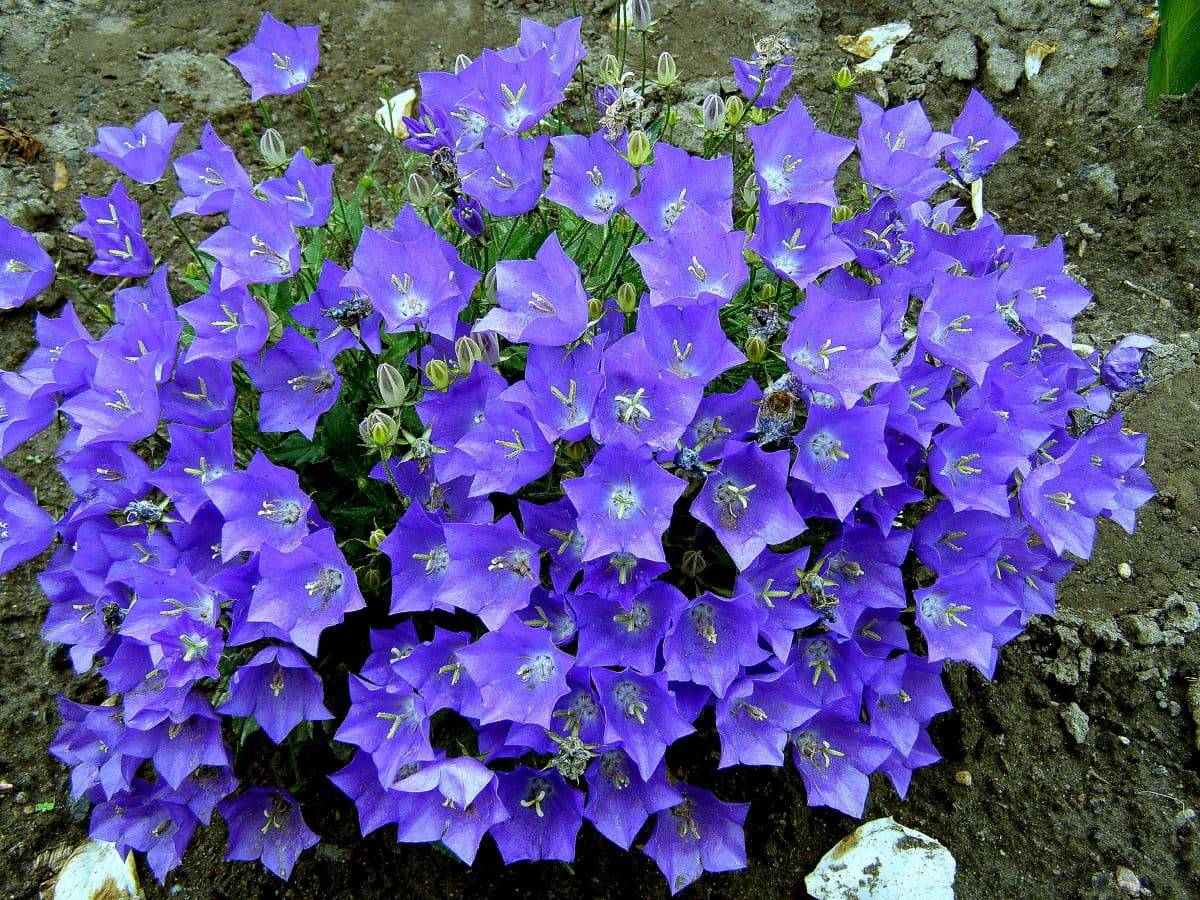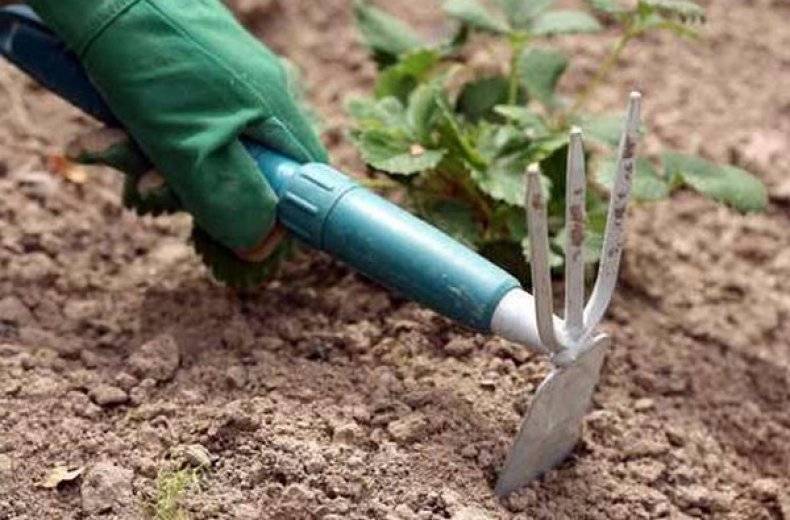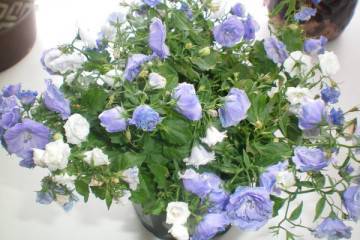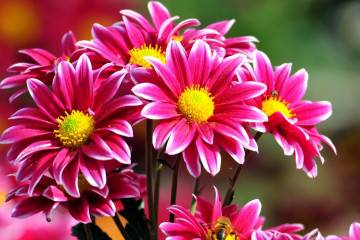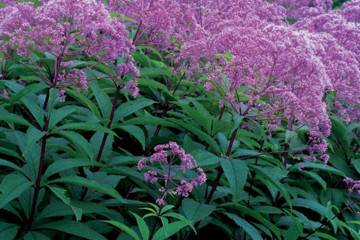Campanula garden perennial - planting and care
Content:
Campanula (Campanula) - perennial culture, belongs to the family of bellflower. There are about 300 plant species that are capable of germinating in various climatic zones. Thanks to their bright colors, bells will decorate any garden plot.
Campanula garden perennial - description of the culture
Campanula has curly or straight stems, depending on the variety. A flower grows from 40 to 100 centimeters. Heart-shaped leaves (about 8 centimeters) are arranged on thin cuttings. The inflorescences are pyramidal in shape, reminiscent of a bell. Small flowers up to 4 centimeters in diameter. The color of the garden campula is varied from soft pastel tones to bright saturated colors. The bush blooms all summer.
The countries of the Mediterranean are considered the birthplace of the flower. In natural conditions, the flower can be found in meadows and in the steppe, in the forest and on rocks.
Common varieties
Among the wide variety of colors, the following varieties can be distinguished:
- Bellflower Milk-flowered. The branchy bush grows up to 1 meter. Thanks to the taproot system, it can germinate in heavy loamy soils. The buds are large, up to 4 cm in diameter, white in color. Flowers are collected in a large racemose inflorescence.
- Campanula Carpathian (carpatica). Carpathica is a stunted plant native to the Carpathians. The height of the bush is up to 50 cm. The carpatica species blooms from June to September. Inflorescences are blue or white. Often planted on balconies and rock gardens.
- Campanula Nettle-leaved. The height of the bush is up to 1 meter, the stems are straight, branched. The buds are large, white or blue. Some varieties have double inflorescences.
- Bell Peach. Plant height up to 90 centimeters, leaves resemble a fox peach. Inflorescences are blue or white. The plant is listed in the red book.
- The campanula is crowded. Shoots are thick of medium length, they are tall or short. The flowers are blue, white and purple.
- Pozharsky's bell. The plant is short, grows up to 20 centimeters. The flower is a dense cluster of leaves and stems, among which are visible light blue inflorescences. The flower is shaped like a star.
Is it possible to plant in open ground - care rules
Often novice gardeners are worried whether it is possible to plant a campanula on the street or not? Natural species are not capricious and frost-resistant, suitable for growing in a garden and a backyard. Cultivars are more demanding to care for. Outdoor Campanula can be planted and replanted in spring and fall.
The soil
Campanula outdoors prefers loamy, slightly alkaline or neutral soil. Too wet soil is detrimental to the flower. If the groundwater is located close to the surface, it is advisable to plant the bell on a hill.
Reducing the acidity of the soil is quite simple, just add wood ash. Sandy soil is mixed with humus, and clay soil with sand or peat.
Top dressing of perennial bells
The plant is fed every 14 days, during active flowering. Ornamental varieties need fertilization two or three times a month. In the spring, nitrogen-containing fertilizers are applied to the soil. During the budding period, mineral complex fertilizers are used. Before flowering itself, potash or phosphate fertilizers are added to the soil. In the fall, after the inflorescences have faded, the plant is fed with potassium and superphosphate.
Loosening and weeding
In summer, campanula in the country needs regular weeding. Weeds not only worsen the appearance of the site, but also harm the plant. Weeds are the habitat of many pests and insects that infest shrubs and negatively affect plant development. After weeding, water the bushes and loosen the soil under them. This process provides oxygen to the root system.
Location and lighting
In nature, campanula prefers well-lit places, as well as partial shade. The ideal planting site would be the eastern or western part of the site. Direct sunlight can burn leaves. At lunchtime, it is advisable to shade the bushes. In the fall, before planting the plant in the ground, the site must be dug up and organic matter added.
Pruning and wintering
After the last inflorescence has faded, the bell must be cut off. In the process, long shoots are removed. Then dry inflorescences are cut off, this has a positive effect on the laying of new buds. Then mulching with peat is carried out, the root zone is insulated with dry leaves. In the spring, the shelter is removed, otherwise the flower may oppose. Pruning is carried out in early spring, dried parts of the plant are removed.
How to deal with pests and diseases of campanula
With improper planting and caring for a campanula in the garden, a florist may face such problems:
- Powdery mildew. The deciduous blade is covered with a white, powder-like coating. If you look closely, you can see small ulcers from which fluid is released. The leaves begin to wither, dry and fall off. You can get rid of powdery mildew using systemic fungicides.
- Leaf nematode. The worms settle on the leaf, where they live and feed. Then the leaf becomes covered with brown spots, curls and falls off. In the fight against parasites, the drugs "Nefamos", "Dimetoat" or "Vidat" are used.
- Rust. This disease affects the stem and leaves. A symptom of the disease is clusters of orange or brown spores on the underside of the plate, yellow oval or round spots on the top. Then the spots turn into brown streaks and the leaves fall off. Eliminate the disease with chemicals: "Topaz", "Abiga-Peak", "Baktofit", "Fitosporin-S".
Reproduction methods
The flower is propagated by seeds, cuttings, dividing the bush. Terry varieties, Campanulu Mix in the open field is grown only in a vegetative way. This allows you to preserve the original appearance of the plant.
Growing a bell from seeds in the garden
After the flower has faded, a seed capsule is formed in place of the bud. As soon as it turns brown, seed collection begins. The planting material must be dried. Sow autumn in open soil, and sprinkle a little with earth. In the spring, when the sprouts sprout, they are transplanted to a permanent place.
Propagation by cuttings and dividing the bush
Cultivation by dividing the bush is carried out in spring or late summer. The flower is removed from the ground and divided into several parts. Young bushes are planted in a new place.
Cuttings are given in June. Shoots are cut from the bush, on which two or more leaves should be placed.The cut cutting is placed in a solution of potassium permanganate, after six hours it is immersed in a container with clean water. As soon as the sprout takes root, it is planted in the garden. After 30 days, the flower should be shaded, during which time the stalk adapts to the new place.
Due to its numerous varieties, the flower is used in landscape design. A small plant is planted in rockeries, rabatki. Tall bushes are planted in beds or flower beds to frame paths.
